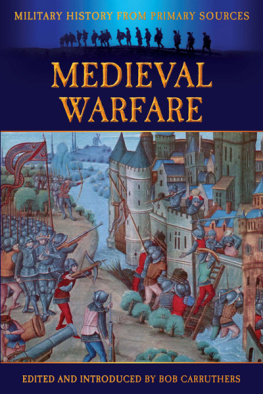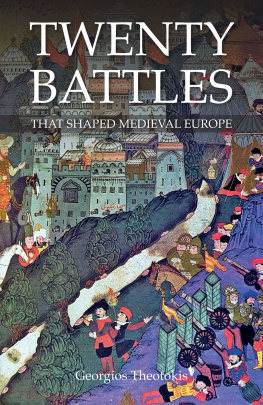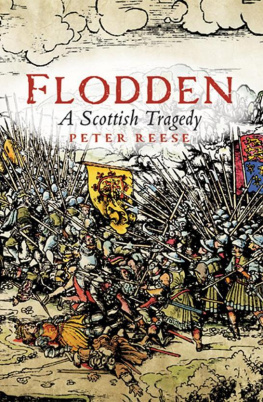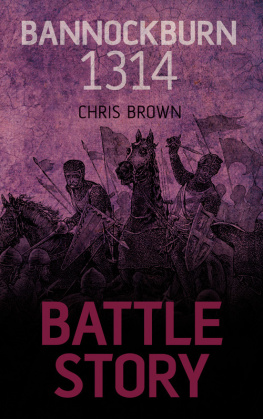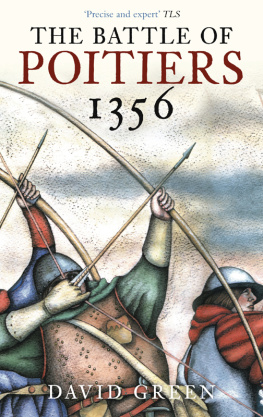

This edition published in 2013 by
Pen & Sword Military
An imprint of
Pen & Sword Books Ltd
47 Church Street
Barnsley
South Yorkshire
S70 2AS
First published in Great Britain in 2012 in digital format by
Coda Books Ltd.
Copyright Coda Books Ltd, 2012
Published under licence by Pen & Sword Books Ltd.
ISBN 978 1 78159 224 3
eISBN 9781473846746
This book contains an extract from British Battles on Land and Sea by James Grant. Published by Cassell and Company Limited, 1894.
A CIP catalogue record for this book is
available from the British Library
All rights reserved. No part of this book may be reproduced or transmitted in any form or by any means, electronic or mechanical including photocopying, recording or by any information storage and retrieval system, without permission from the Publisher in writing.
Printed and bound in India
By Replika Press Pvt. Ltd.
Pen & Sword Books Ltd incorporates the Imprints of Pen & Sword Aviation, Pen & Sword Family History, Pen & Sword Maritime, Pen & Sword Military, Pen & Sword Discovery, Pen & Sword Politics, Pen & Sword Atlas, Pen & Sword Archaeology, Wharncliffe Local History, Wharncliffe True Crime, Wharncliffe Transport, Pen & Sword Select, Pen & Sword Military Classics, Leo Cooper, The Praetorian Press, Claymore Press, Remember When, Seaforth Publishing and Frontline Publishing
For a complete list of Pen & Sword titles please contact
PEN & SWORD BOOKS LIMITED
47 Church Street, Barnsley, South Yorkshire, S70 2AS, England
E-mail: enquiries@pen-and-sword.co.uk
Website: www.pen-and-sword.co.uk
AN INTRODUCTION TO MEDIEVAL WARFARE
T HE EXPERIENCE level and tactical manoeuvring ability of medieval armies varied depending on the period and region. For larger battles, pre-battle planning typically consisted of a council of the war leaders, which could either be the general laying down a plan or a noisy debate between the different leaders, depending on how much authority the general possessed. Battlefield communications before the advent of strict lines of communication were naturally very difficult. Communication was done through musical signals, audible commands, messengers, or visual signals such as raising a standard banner or flag.
The infantry, including missile troops (such as archers), would typically be employed at the outset of the battle to break open infantry formations while the cavalry attempted to defeat its opposing number. If the cavalry met foot soldiers, the pikemen would engage them. Perhaps the most important technological advancement for medieval warfare in Europe was the invention of the stirrup. It most likely came to Europe with the Avars in the 7th century, although it was not properly adopted by the major European powers until the 10th century.
Once one side coaxed their opposing infantry into breaking formation, the cavalry would be deployed in attempt to exploit the loss of cohesion in the opposing infantry lines and begin slaying the infantrymen in the pandemonium. Once a break in the lines was exploited, the cavalry became instrumental to victory, causing further breakage in the lines and wreaking havoc amongst the infantrymen, as it is much easier to kill a man from the top of a horse than to stand on the ground and face a half-ton destrier (large warhorse) carrying an armed knight. However, until a significant break in the enemy infantry lines arose, the cavalry could not be used to much effect against infantry since horses are not easily harried into a wall of pikemen. Pure infantry conflicts would be lengthy and drawn-out.
Muzzle-loaded cannons were introduced to the battlefield in the later medieval period. However, their very poor rate of fire (which often meant that only one shot was fired in the course of an entire battle) and their inaccuracy made them more of a psychological force multiplier than an effective anti-personnel weapon. Later on in medieval warfare, once hand cannons were introduced, the rate of fire improved only slightly, but the cannons became far easier to aim, largely because they were smaller and much closer to their wielder. Their users could be easily protected, because the cannons were lighter and could be moved far more quickly.
A hasty retreat could cause greater casualties than an organized withdrawal, because the fast cavalry of the winning sides rearguard would intercept the fleeing enemy while their infantry continued their attack. In most medieval battles, more soldiers were killed during the retreat than in battle, since mounted knights could quickly and easily dispatch the archers and infantry who were no longer protected by a line of pikes as they had been during the previous fighting.
FORTIFICATIONS
Breakdowns in centralized states led to the rise of a number of groups that turned to large-scale pillage as a source of income. Most notably the Vikings (but also Arabs, Mongols and Magyars) raided significantly. As these groups were generally small and needed to move quickly, building fortifications was a good way to provide refuge and protection for the people and the wealth in the region.
These fortifications evolved over the course of the Middle Ages, the most important form being the castle, a structure which has become linked with the medieval era to many. The castle served as a protected place for the local elites. Inside a castle they were protected from bands of raiders and could send mounted warriors to drive the raiders from the area, or to disrupt the efforts of larger armies to supply themselves in the region by gaining local superiority over foraging parties that would be impossible against the whole enemy host.
Fortifications were a very important part of warfare because they provided safety to the lord, his family, and his servants. They provided refuge from armies too large to face in open battle. The ability of the heavy cavalry to dominate a battle on an open field was useless against fortifications. Building siege engines was a time-consuming process, and could seldom be effectively done without preparations before the campaign. Many sieges could take months, if not years, to weaken or demoralize the defenders sufficiently. Fortifications were an excellent means of ensuring that the elite could not be easily dislodged from their lands - as Count Baldwin of Hainaut commented in 1184 on seeing enemy troops ravage his lands from the safety of his castle, they cant take the land with them.
SIEGE WARFARE
In the Medieval period besieging armies used a wide variety of siege engines including: scaling ladders; battering rams; siege towers and various types of catapults such as the mangonel, onager, ballista, and trebuchet. Siege techniques also included mining in which tunnels were dug under a section of the wall and then rapidly collapsed to destabilize the walls foundation. A final technique was to bore into the enemy walls, however this was not nearly as effective as other methods due to the thickness of castle walls. Several of these siege techniques were used by the Romans but experienced a rebirth during the Crusades.
The Walls of Dubrovnik are a series of defensive stone walls, never breached by hostile army, that have surrounded and protected a maritime city-state of Dubrovnik (Ragusa), situated in southern Croatia.
Advances in the prosecution of sieges encouraged the development of a variety of defensive counter-measures. In particular, medieval fortifications became progressively stronger - for example, the advent of the concentric castle from the period of the Crusades - and more dangerous to attackers - witness the increasing use of machicolations and murder-holes, as well the preparation of hot or incendiary substances. Arrow slits, concealed doors for sallies, and deep water wells were also integral to resisting siege at this time. Designers of castles paid particular attention to defending entrances, protecting gates with drawbridges, portcullises and barbicans. Wet animal skins were often draped over gates to repel fire. Moats and other water defenses, whether natural or augmented, were also vital to defenders.
Next page
